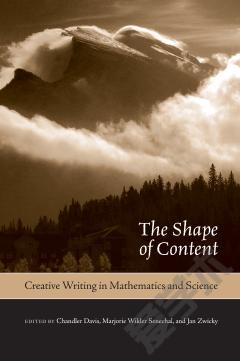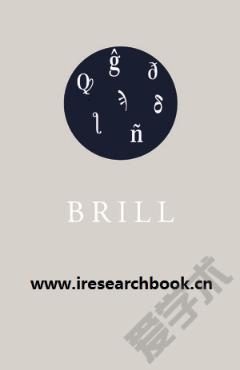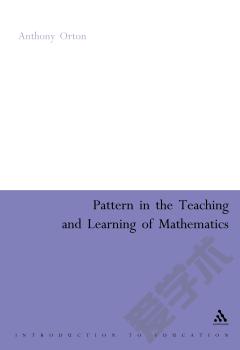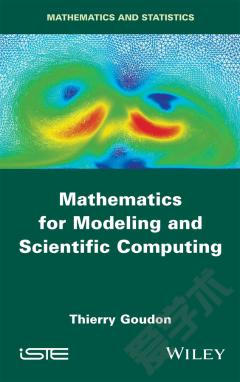The Shape of Content —— Creative Writing in Mathematics and Science
----- 数学的形状
This volume, misleadingly subtitled âCreative Writing in Mathematics and Scienceâ, is an anthology of poems, essays, plays, short stories and biographies, each of which has a mathematical or scientific theme. It arose from a series of workshops at the Banff Centre for the Arts and the Banff International Research Station for Mathematical Innovation and Discovery and so has a preponderance of Canadian authors. Some of them are professional writers and others practising mathematicians and scientists. Because of the extensive variety of content, I will confine my review to those sections of most interest to mathematicians. The literary genre to which mathematicians are most likely to contribute is biography. The geometer Marjorie Senechalâs The Last Second Wrangler (you have to be a mathematician to understand the title) is a fine biography of Eric Neville (1889â1961). He was the last 2nd Wrangler in 1909 because, largely due to the efforts of G.H. Hardy, the ranked listing of successful candidates in the Cambridge Mathematical Tripos was abolished in 1910. In order to be listed, Neville took the exams a year early, only two years after finishing high school. Ironically, Hardyâs main argument against the competitive aspects of the Tripos was that it had no relationship to creative work in mathematics. Yet the first three Wranglers in 1909 were P.J. Daniell (of the Daniell integral), Neville and the number theorist L.J. Mordell! A principled pacifist, Neville spent the war years working in a London hospital. Apart from being a distinguished geometer, he was the first English mathematician to encourage Ramanujan and facilitated his contact with Hardy. Senechalâs essay is a fragment of her forthcoming biography of the eccentric mathematicianâchemist Dorothy Wrinch who had a 40-year romantic relationship with Neville. It apparently did not affect their respective marriages. A second example in this genre is The Birth of Celestial Mechanics by Florin Diacu, an applied mathematician at Victoria University, British Columbia. It is a short biography of Newton, with emphasis on his life-long work on the motions
{{comment.content}}








 京公网安备 11010802027623号
京公网安备 11010802027623号